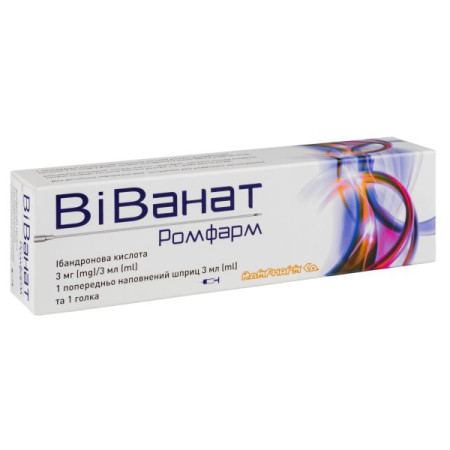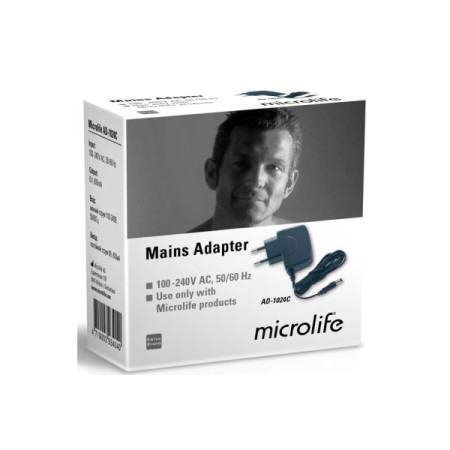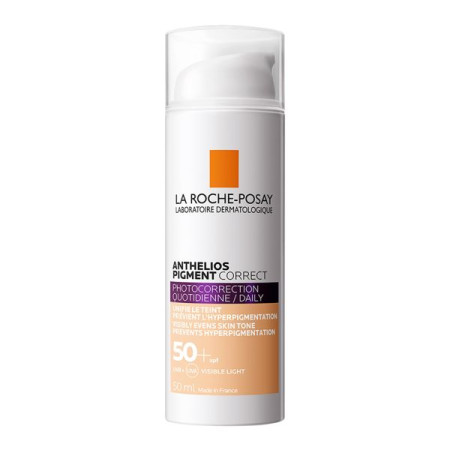Aloe extract liquid for injection 1 ml ampoule No. 10

Instructions Aloe extract liquid for injection 1 ml ampoule No. 10
Composition
active ingredient: 1 ml of extract contains aloe dry extract (aloes extractum siccum) calculated on a 100% basis, the content of calcium and magnesium salts of organic acids in dry matter is 2.25 mg;
Excipients: sodium chloride, water for injections.
Dosage form
Liquid extract for injection.
Main physicochemical properties: light yellow to brownish yellow liquid with a faint specific odor.
Pharmacotherapeutic group
Drugs affecting the digestive system and metabolic processes. ATC code A16A X.
Pharmacological properties
Pharmacodynamics.
Biogenic stimulant. Has adaptogenic and general tonic effects. Improves cellular metabolism, trophism and tissue regeneration, increases the general nonspecific resistance of the body and the resistance of mucous membranes to the action of damaging agents, accelerates regeneration processes. Stimulates the protective functions of granulocytes, increases appetite. Increases energy reserves in spermatozoa and enhances their mobility.
Pharmacokinetics.
Didn't study.
Indication
Progressive myopia, myopic chorioretinitis, blepharitis, conjunctivitis, keratitis, iritis, vitreous opacities, as well as gastric and duodenal ulcers (as part of complex therapy).
Contraindication
Hypersensitivity to the drug. Severe cardiovascular diseases, arterial hypertension, acute gastrointestinal disorders (including diarrhea), intestinal obstruction (obstruction or stenosis), inflammatory bowel diseases (Crohn's disease, ulcerative colitis), appendicitis, abdominal pain of unknown origin, hemorrhoids, impaired liver and kidney function, complicated forms of nephroso-nephritis, diffuse glomerulonephritis, cystitis, metrorrhagia, hemoptysis, cholelithiasis, severe dehydration with loss of water and electrolytes. Pregnancy and breastfeeding. Children under 3 years of age.
Special safety precautions
Prolonged use of stimulant laxatives should be avoided due to the possibility of bowel dysfunction and laxative dependence. If there is a need for ongoing laxative use due to constipation, the patient should be evaluated.
Gastrointestinal disturbances such as abdominal pain and cramping, and diarrhea have been reported with the use of aloe, especially in patients with irritable bowel syndrome. These symptoms may be the result of too high a dose, in which case the dose should be reduced. Long-term treatment may cause discoloration of the intestinal lining, which usually disappears when the patient stops taking the drug.
Long-term use of aloe can cause water and salt imbalance and lead to albuminuria, proteinemia, and hematuria.
Aloe vera whole leaf extract is classified by the International Agency for Research on Cancer (IARC) as a possible human carcinogen (Group 2B). Long-term use of anthranoid laxatives may be associated with the development of colon cancer. Therefore, this risk should be considered when using this medicinal product for a long time.
Patients taking cardiac glycosides, antiarrhythmic drugs, drugs that cause QT prolongation, diuretics, adrenocorticosteroids, or licorice root should consult a doctor before taking aloe.
Aloe preparations should not be taken by patients suffering from constipation and who have complaints of gastrointestinal disorders (e.g. abdominal pain, nausea and vomiting), as these symptoms may be signs of intestinal obstruction.
Patients with renal impairment should be aware of the possibility of electrolyte imbalance. If symptoms worsen during use of the drug, a doctor should be consulted.
Interaction with other medicinal products and other types of interactions
The drug enhances the effect of drugs that stimulate hematopoiesis and iron preparations. With the simultaneous use of aloe extract and thiazide diuretics, loop diuretics, licorice preparations, corticosteroids, the risk of developing potassium deficiency increases.
Application features
To prevent pain, you can pre-inject 0.5 ml of a 2% novocaine solution into the injection site.
This medicinal product contains less than 1 mmol (23 mg) sodium per ampoule, i.e. essentially 'sodium-free'.
Use during pregnancy or breastfeeding
Use during pregnancy is contraindicated because experimental data have been obtained on the risk of genotoxicity of certain anthranoids, in particular emodin and aloe-emodin.
Use during lactation is contraindicated because after administration of other anthranoids, active metabolites, such as rhein, were excreted in breast milk in small amounts.
There are no data on the effect on fertility.
Ability to influence reaction speed when driving vehicles or other mechanisms
Not studied.
Method of administration and doses
If there is a precipitate, the ampoule should be shaken before opening until a homogeneous suspension is formed. Aloe extract should be administered subcutaneously daily: adults - 1 ml (maximum daily dose - 3–4 ml); children aged 3 to 5 years - 0.2–0.3 ml, and children aged 5 years and older - 0.5 ml. The course of treatment is 30–50 injections. Repeated courses are carried out after a 2 or 3-month break.
Children.
Used for children aged 3 years and over.
Overdose
The main symptoms of overdose are pain and severe diarrhea with subsequent loss of fluid and electrolytes. Treatment should include the administration of large amounts of fluid. Electrolyte levels, especially potassium, should be monitored, especially in the elderly. Chronic overdose of drugs containing anthraquinone derivatives can lead to toxic hepatitis.
Adverse reactions
On the part of the digestive tract: feeling of irritation in the throat, dyspepsia, abdominal pain.
Aloe preparations may cause abdominal pain and cramping, diarrhea, especially in patients with irritable bowel syndrome. However, these symptoms may also be the result of an overdose. In such cases, a dose reduction is necessary. In addition, prolonged use may cause discoloration of the intestinal mucosa (pseudomelanosis intestinalis), which usually disappears when the patient stops taking the drug. The frequency of these reactions is unknown.
Cardiovascular system: increased blood pressure.
On the part of the immune system: allergic reactions, including hyperemia, itching, rash, urticaria.
Renal and urinary tract: prolonged use may cause water and electrolyte imbalance and lead to albuminuria and hematuria.
During treatment, yellow or red-brown (depending on pH) discoloration of urine due to metabolites may occur, which is not clinically significant. The frequency of these reactions is unknown.
Others: dizziness, feeling of blood rush to the pelvic organs, increased menstrual bleeding, burning sensation, hyperthermia, changes at the injection site (hyperemia, itching).
If other side effects not listed above occur, you should consult a doctor.
Reporting of suspected adverse reactions.
Reporting adverse reactions after registration of a medicinal product is of great importance. This allows monitoring of the benefit/risk ratio when using this medicinal product. Medical and pharmaceutical professionals, as well as patients or their legal representatives, should report all cases of suspected adverse reactions and lack of efficacy of a medicinal product via the Automated Information System for Pharmacovigilance at the link: https://aisf.dec.gov.ua/.
Expiration date
3 years.
Storage conditions
Store in the original packaging at a temperature not exceeding 25 °C.
Use as directed by a doctor.
Keep out of reach of children.
Incompatibility.
It is undesirable to mix the drug with other medications.
Packaging
1 ml in an ampoule; 5 ampoules in a film blister, 1 or 2 blisters in a pack.
1 ml in an ampoule; 10 ampoules in a cardboard pack with cardboard partitions.
Vacation category
According to the recipe.
Producer
JSC "Lubnypharm".
Location of the manufacturer and address of its place of business.
Ukraine, 37500, Poltava region, Lubny, Barvinkova st., 16.
There are no reviews for this product.
There are no reviews for this product, be the first to leave your review.
No questions about this product, be the first and ask your question.












